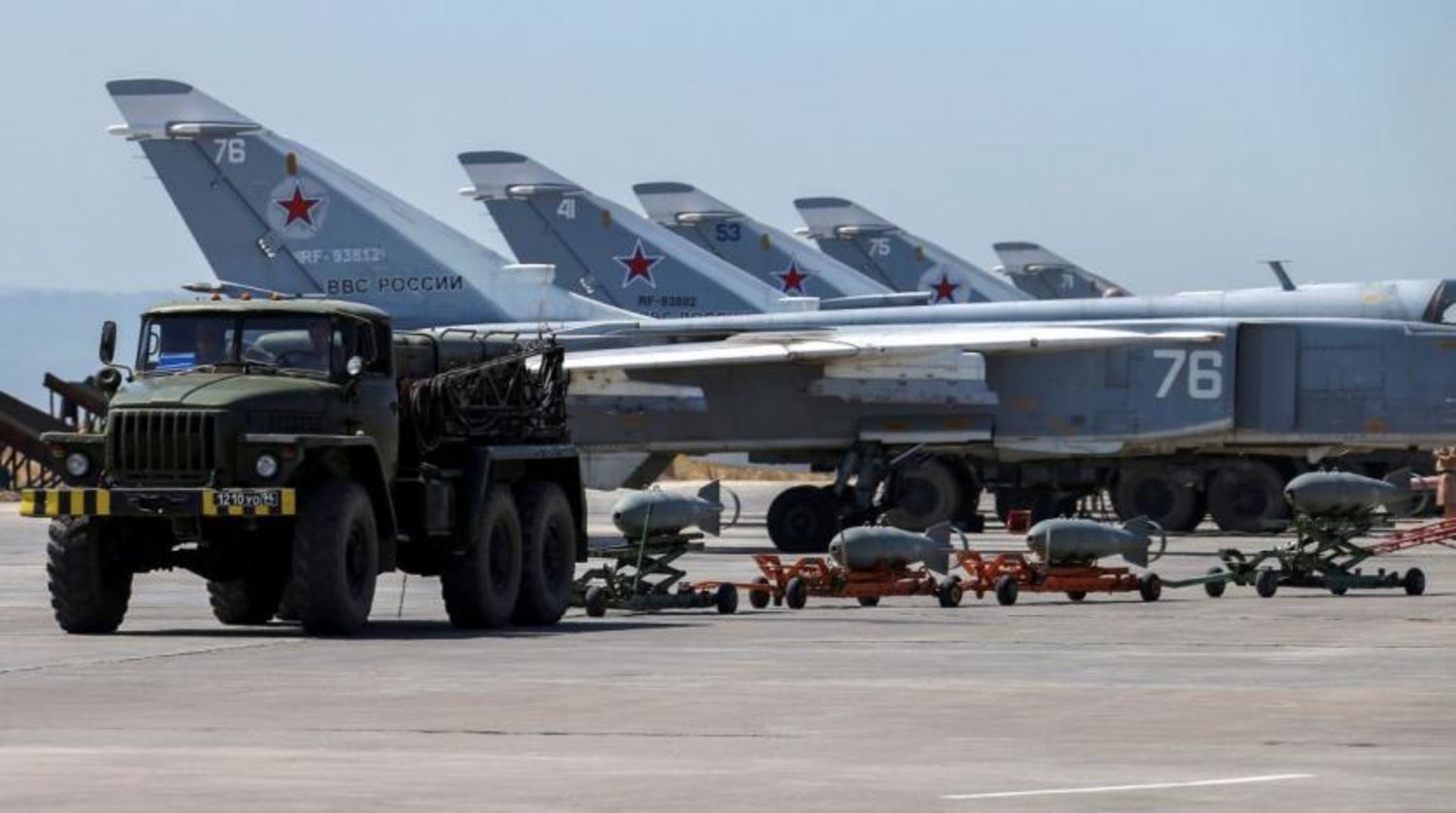New satellite images of Russia's Hmeimim airbase outpost in Syria shows work ongoing to extend one of its two main runways by around 1,000 feet, which would allow the base to support more regular deployments of larger and more heavily-laden aircraft, including heavy airlifters and even potentially bombers.
The images also showed that extensions are being added to both ends of the western runway, bringing it from its previous length of approximately 9,500 feet, as it had been since 2015, to around 10,500 feet.
A taxiway also appears to be being constructed to link the northern ends of the base’s two runways.
“The longer runway could allow Russia’s larger airlifters, including massive An-124s, to fly in and out of the base at greater gross weights, especially during hotter times of the year,” the Drive website reported.
It also said that the aircraft will be able to bring in more cargo and passengers on each flight, streamlining routine operations to the base, which serves as an important logistical conduit for Russian forces throughout Syria.
The extension and rehabilitation of the western runway could also be envisioned as a way to better accommodate any of Russia's bombers.
In 2017, the Russian government signed a long-term lease for the Hmeimim base with Syrian authorities for at least 49 years.
Last July, Syrian authorities have agreed to give Russia additional land and coastal waters to expand its military airbase at Hmeimim.
The agreement said the territory will be used for a “medical treatment and rehabilitation center” for Russian air force staff, which seemed strange at the time, particularly that the establishment of a hospital or medical center does not require such a large space.
However, the imagery photos that show Russia’s efforts to strengthen its strategic activities at the airbase in Hmeimim reflect the reasons behind Moscow’s need to expand the airbase.







